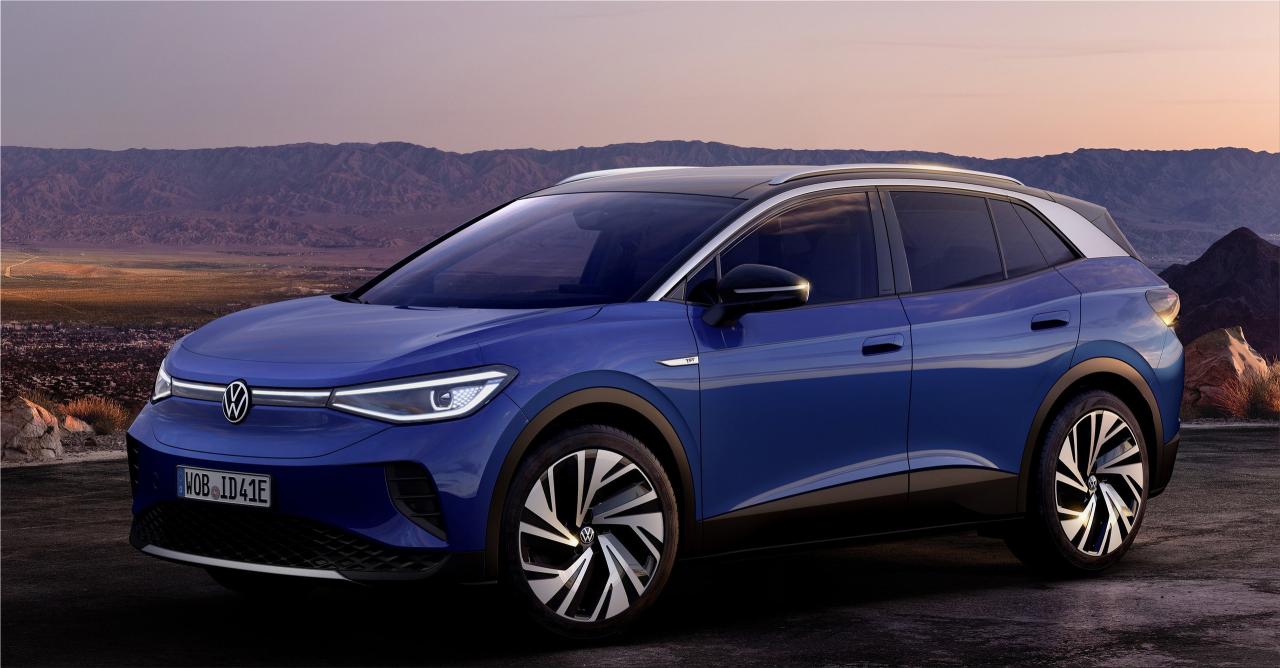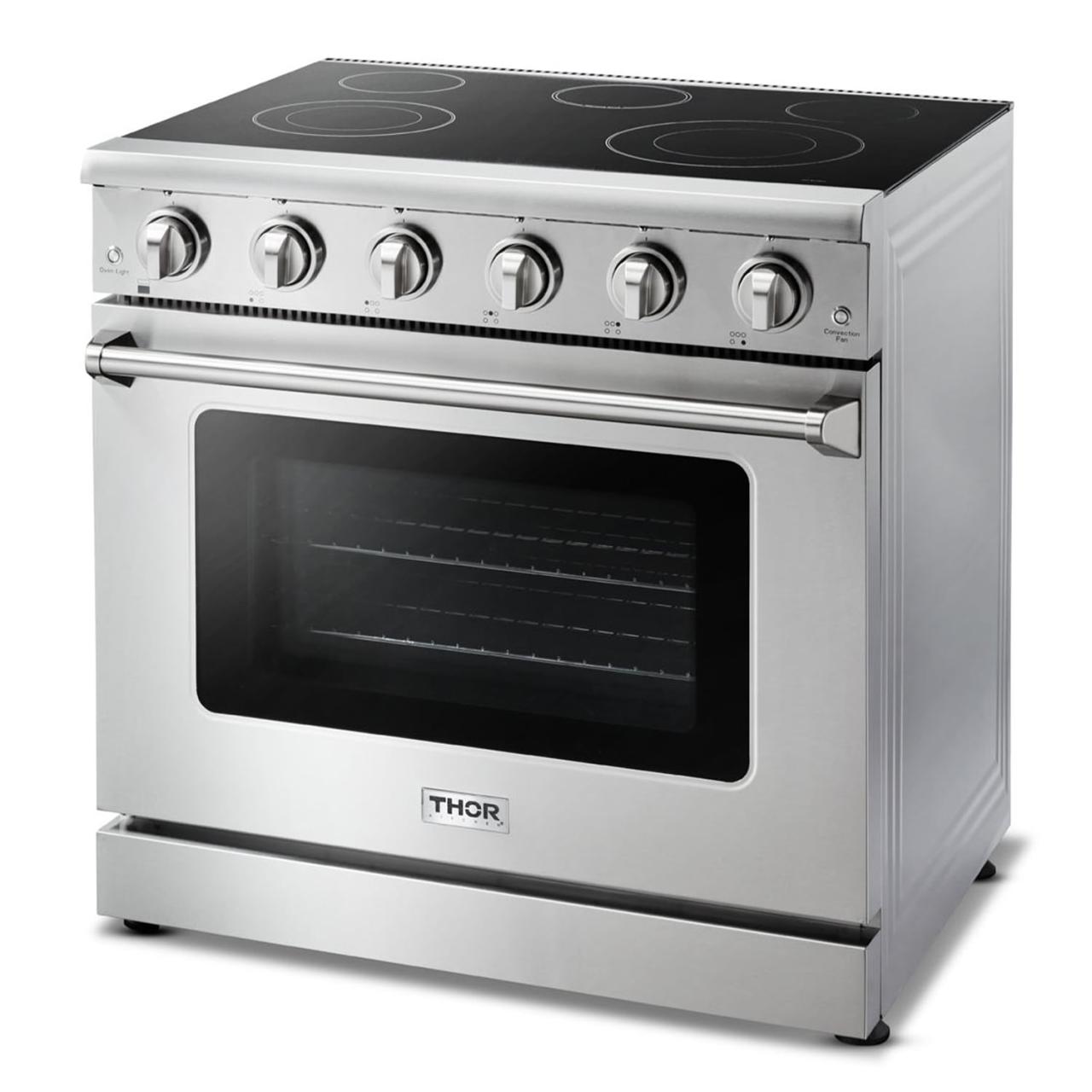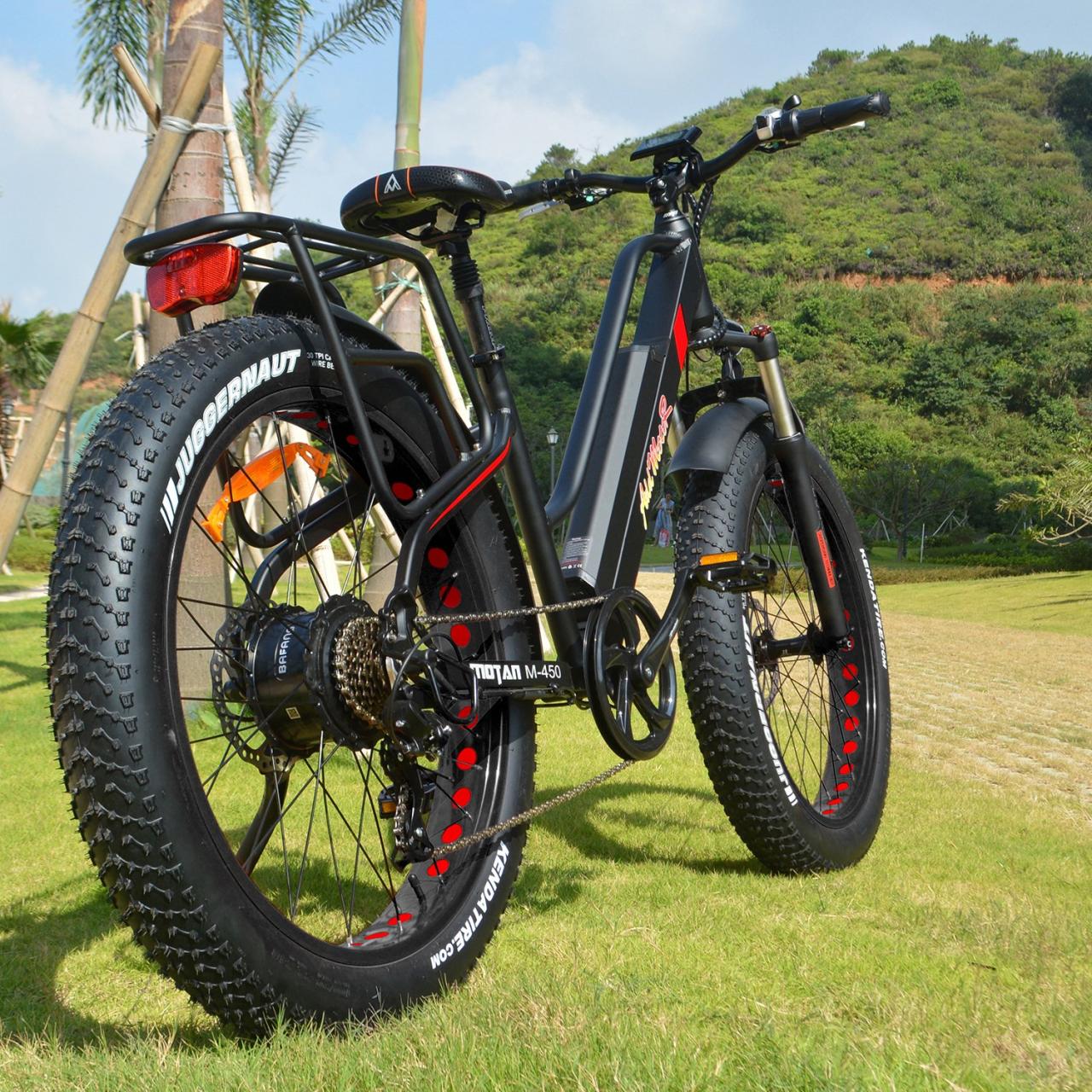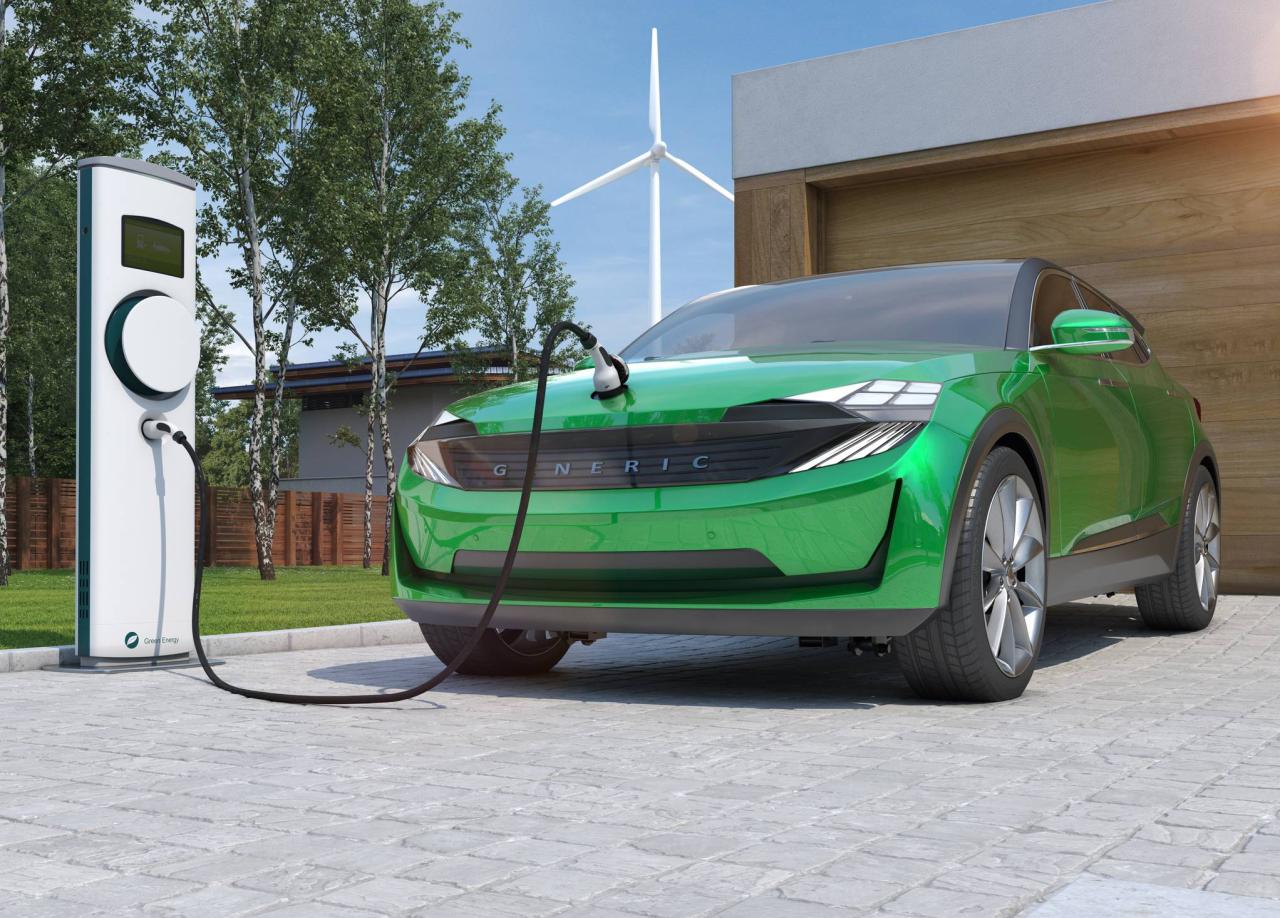Navigating the World of Insurance for Nurses: A Comprehensive Guide
Nurses, the heart of our healthcare system, face unique challenges and risks in their daily work. From exposure to contagious diseases and hazardous materials to the potential for work-related injuries, their well-being requires careful consideration. Understanding the various insurance options available to nurses is crucial for protecting their health, income, and future. This guide delves into the complexities of insurance for nurses, exploring the specific risks they face, the types of insurance policies designed to mitigate those risks, and strategies for finding affordable and comprehensive coverage. We’ll also examine emerging trends in the insurance industry and their implications for nurses in the years to come. The Unique Risks Nurses Face Nurses play a vital role in healthcare, providing direct patient care and working in challenging environments. Their work exposes them to a unique set of risks, both to their physical and mental well-being. Understanding these risks is crucial for ensuring the safety and well-being of nurses and for implementing effective strategies to mitigate these hazards. Health and Safety Risks in Healthcare Settings Nurses are exposed to a wide range of health and safety risks in various healthcare settings. These risks can vary depending on the specific specialty, work environment, and patient population. Exposure to Infectious Diseases Nurses are at increased risk of contracting infectious diseases due to their close contact with patients. This risk is particularly high in settings where patients are immunocompromised or have highly contagious infections. Nurses working in hospitals, clinics, and other healthcare facilities are exposed to a wide range of pathogens, including bacteria, viruses, and fungi. Exposure to bloodborne pathogens, such as HIV and hepatitis B and C, is a significant concern for nurses, particularly during procedures involving needles or other sharp instruments. Nurses working in areas like emergency rooms, intensive care units, and oncology wards are at a higher risk of exposure to highly contagious diseases. Ergonomic Hazards Nurses often perform physically demanding tasks, such as lifting patients, moving equipment, and working in awkward positions. These activities can lead to musculoskeletal injuries, such as back pain, neck pain, and carpal tunnel syndrome. Repetitive tasks, such as charting and medication administration, can also contribute to musculoskeletal injuries. Working long shifts and being on their feet for extended periods can further exacerbate these risks. Exposure to Hazardous Chemicals Nurses may be exposed to hazardous chemicals used in medications, cleaning solutions, and medical equipment. These chemicals can cause skin irritation, respiratory problems, and other health issues. Exposure to chemotherapy drugs can be particularly hazardous, requiring specialized training and protective equipment. Nurses working in operating rooms may be exposed to anesthetic gases, which can have long-term health effects. Violence and Aggression Nurses may experience violence and aggression from patients, family members, or other healthcare workers. This can include verbal abuse, physical assault, and threats. The prevalence of workplace violence is a growing concern in healthcare settings. Nurses working in emergency rooms, psychiatric units, and geriatric care facilities are at a higher risk of experiencing violence. Mental Health Risks Nurses are exposed to significant stressors in their work, including dealing with death and dying, managing difficult patients, and coping with high workloads. These stressors can lead to burnout, anxiety, depression, and other mental health problems. Nurses may experience emotional exhaustion, cynicism, and a sense of detachment from their work. The high demands of nursing can lead to sleep deprivation, poor diet, and lack of exercise, further contributing to mental health risks. Types of Insurance for Nurses Nurses face unique risks and challenges in their profession, and it’s crucial to have appropriate insurance coverage to protect themselves financially and legally. Understanding the different types of insurance policies available to nurses can help them make informed decisions about their financial security and well-being. Health Insurance Health insurance is essential for all individuals, but it’s particularly important for nurses who are exposed to various health risks in their daily work. Health insurance policies provide coverage for medical expenses, including doctor visits, hospital stays, surgeries, and prescription drugs. Nurses have several options for health insurance, including: Employer-sponsored health insurance: Many hospitals and healthcare facilities offer health insurance plans to their employees. These plans often have lower premiums and better coverage than individual plans. Individual health insurance: Nurses can also purchase individual health insurance plans through the Affordable Care Act marketplace or directly from insurance companies. These plans offer more flexibility but may have higher premiums. Association health insurance: Some professional nursing associations offer group health insurance plans to their members. These plans often have lower premiums and better coverage than individual plans. Disability Insurance Disability insurance protects nurses’ income if they become unable to work due to an illness or injury. This type of insurance provides monthly payments to help cover living expenses and other financial obligations. There are two main types of disability insurance: Short-term disability insurance: This type of insurance provides coverage for a limited period, typically up to six months. It’s often offered by employers or through individual plans. Long-term disability insurance: This type of insurance provides coverage for a longer period, typically up to the age of 65 or retirement. It’s often purchased through individual plans. Life Insurance Life insurance provides financial protection for a nurse’s family or loved ones in the event of their death. This type of insurance pays a death benefit to the beneficiary, which can be used to cover funeral expenses, mortgage payments, or other financial obligations. There are two main types of life insurance: Term life insurance: This type of insurance provides coverage for a specific period, typically 10 to 30 years. It’s generally more affordable than permanent life insurance but does not build cash value. Permanent life insurance: This type of insurance provides coverage for the entire life of the insured. It’s more expensive than term life insurance but builds cash value that can be borrowed against or withdrawn. Liability Insurance Liability insurance protects nurses from financial losses if they are sued for negligence or malpractice. This type of insurance covers legal fees, court costs, and any settlements or judgments that may be awarded against the nurse. Nurses can obtain liability insurance through: Employer-sponsored liability insurance: Many hospitals and healthcare facilities provide liability insurance to their employees as part of their employment package. Professional liability insurance: Nurses can also purchase individual professional liability insurance policies through insurance companies or professional organizations. Comparison of Insurance Types Insurance Type Coverage Cost Eligibility Criteria … Read more










